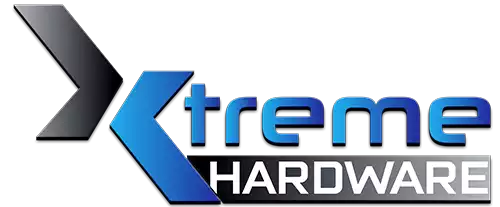Synthetic tests
Below the comparative graph related to the last graphics benchmark of FutureMark. 3DMark 11 is primarily a test that measures graphics performance, returning a set of scores that are the result of interactions between the various hardware components. The test is based on Microsoft DirectX 11 libraries that are a prerequisite for installation and thus requires Windows Vista or Windows 7. We have selected/executed separately 2 test groups. One dedicated to physics, which concentrates the workload on the CPU only, 4 graphics tests that stress the GPUs alone. The tests have been performed to FullHD resolution of 1920x1080

Another test known for worldwide overclocking competitions is 3DMark Vantage, also of FutureMark. The test is based on Microsoft DirectX 10 graphics libraries and thus requires a compatible video card. Here too, we performed 2 sets of tests, those concentrated on the processor (CPU) for calculating the physics algorithms using integer and floating point numbers and the second group of tests designed to measure the performance of the graphics card. We propose the following graphs.
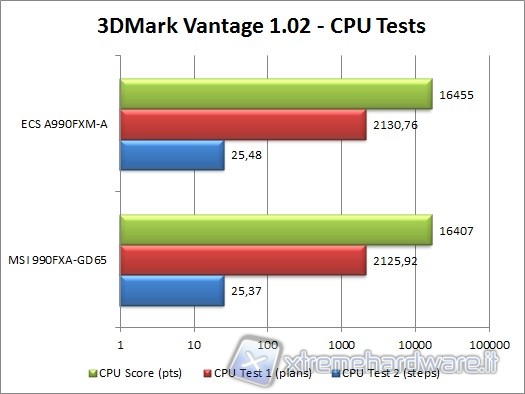
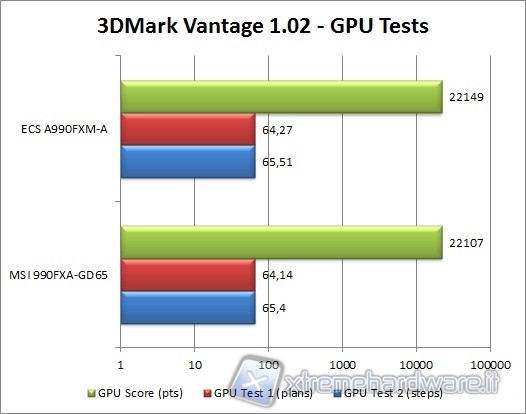
In order then to measure the overall performance of the system with the use of Office applications, we used the latest version of the Benchmark PCMark Vantage, also of FutureMark. The benchmark requires at least Windows Vista and is compatible with 32bit and 64bit systems.

Here are the results of the test AIDA64, produced by FinalWire. We focused only on testing the efficiency of the memory and then memory controller integrated into the CPU.
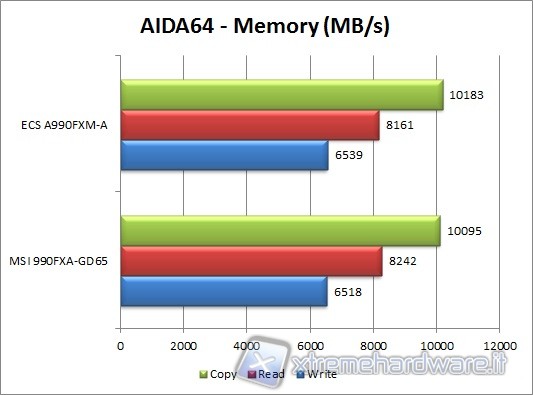
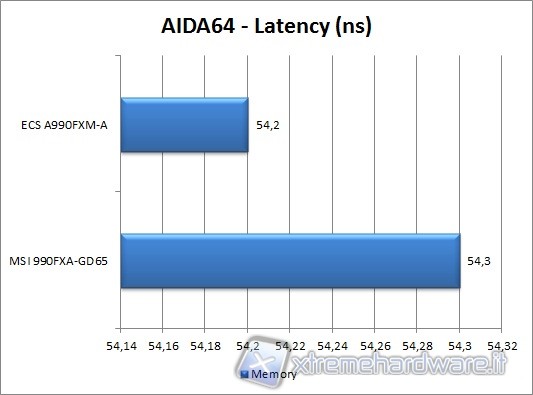
As can be seen from the results of this first round of testing, even if only slightly, the opponent ECS behaved better.
